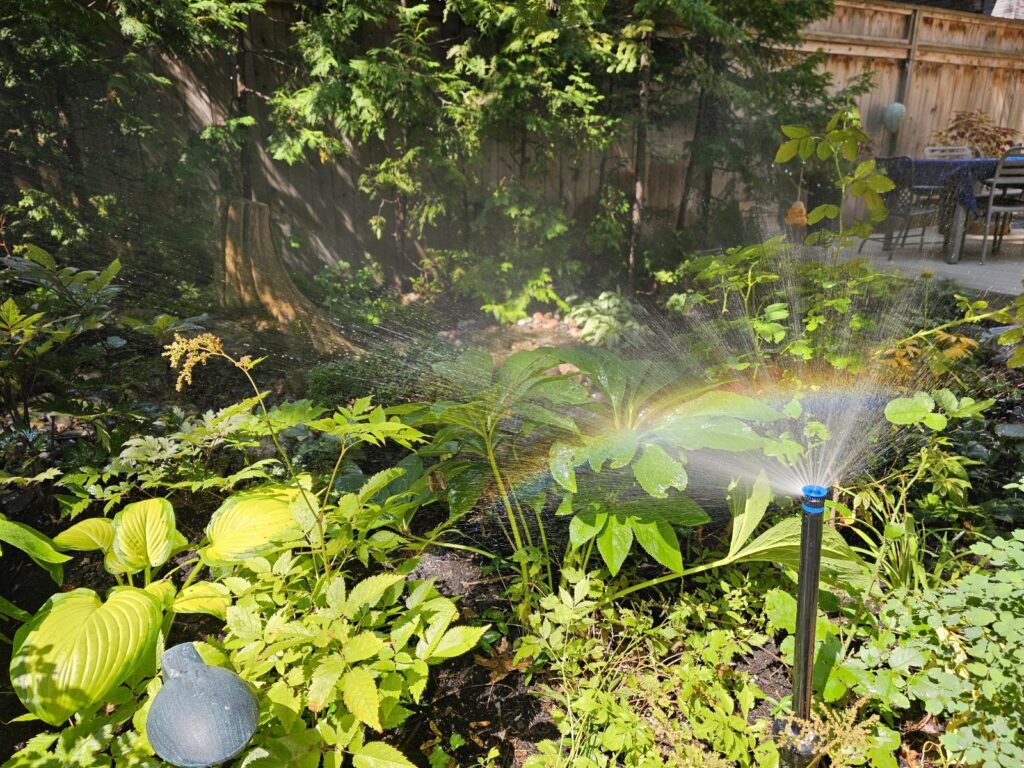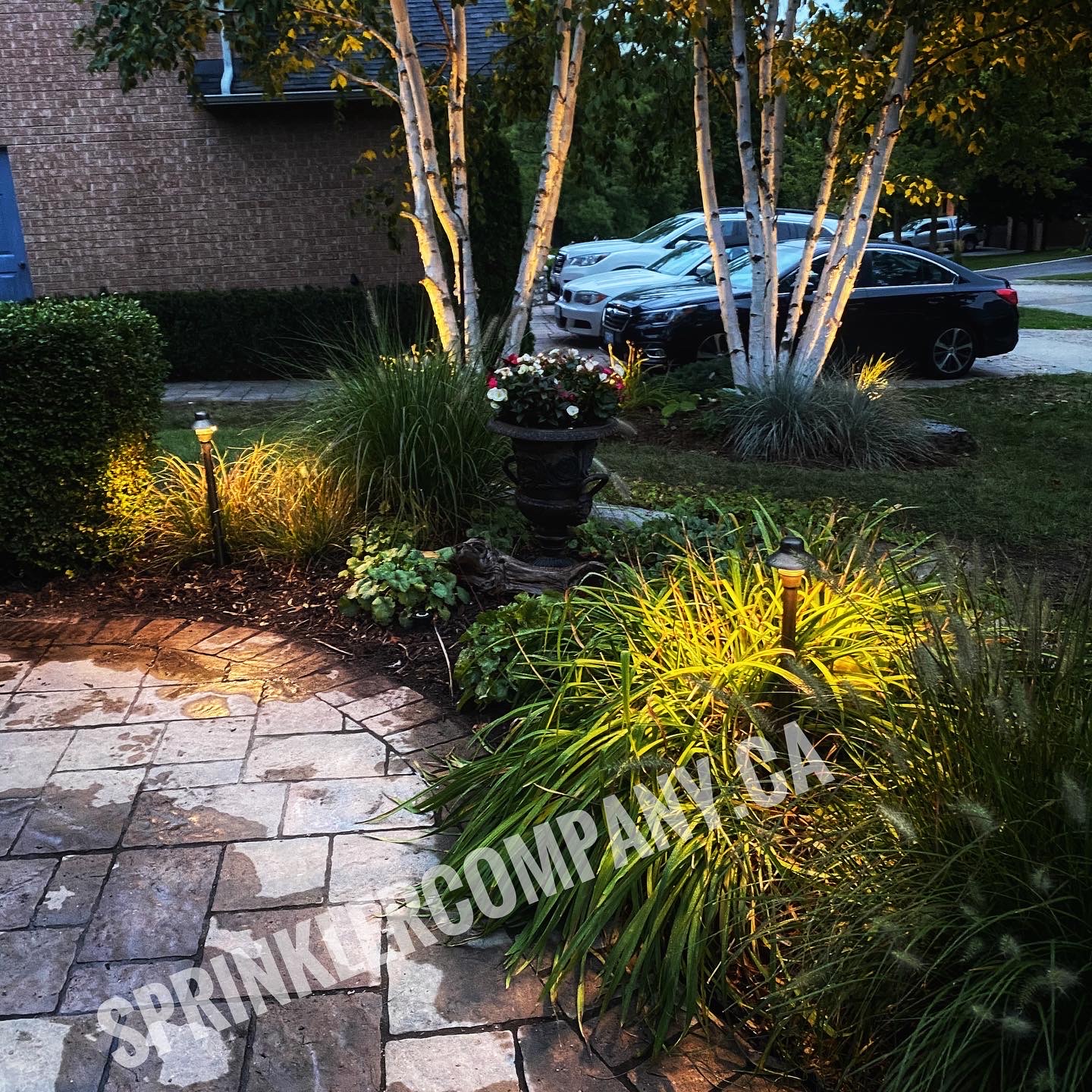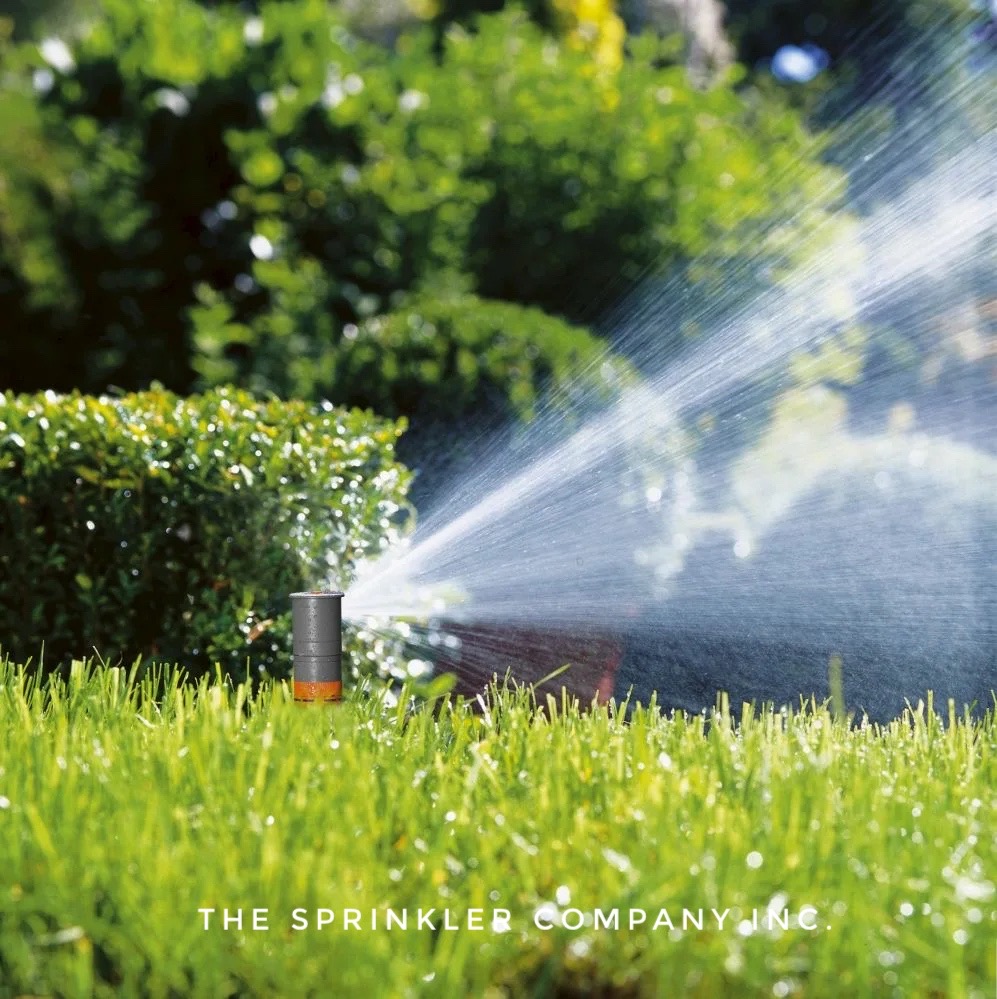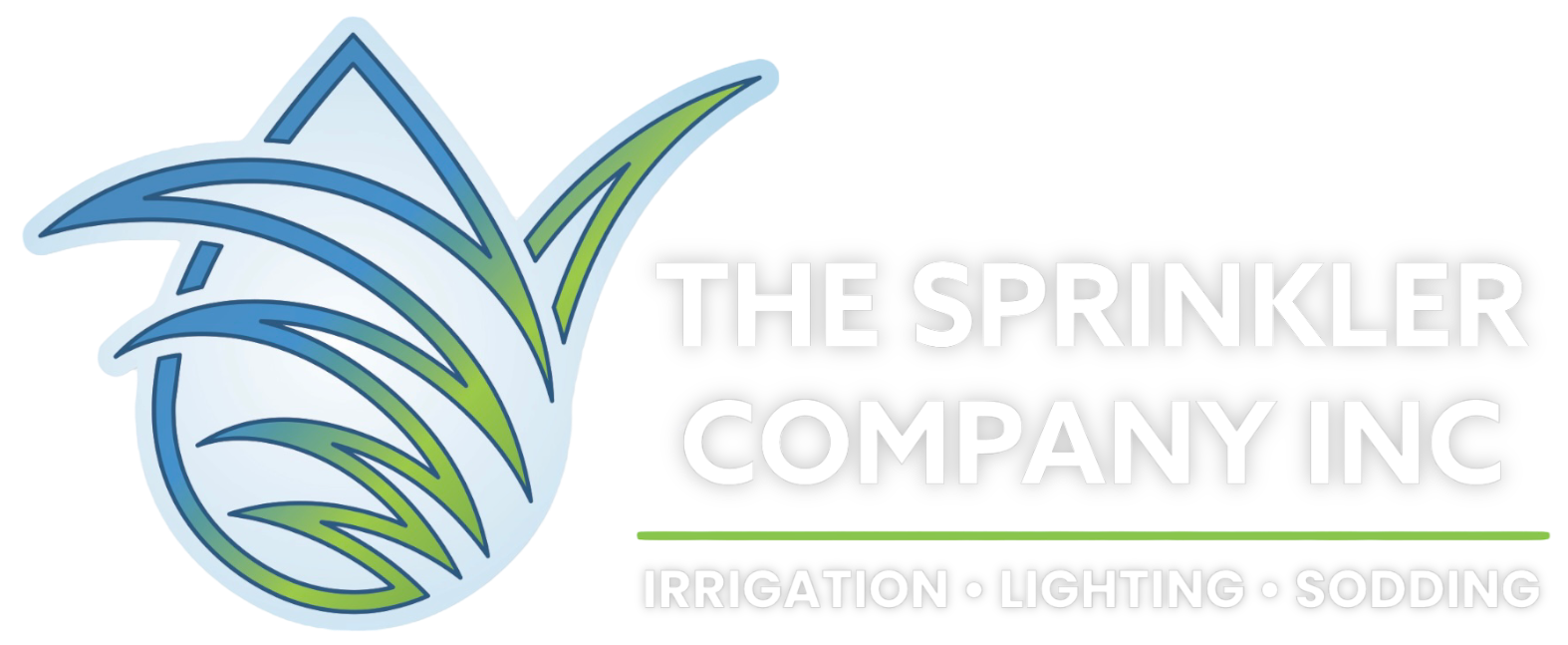Winter irrigation system checklist


Shut Off the Water Supply
Shutting off the water supply to your irrigation system is a critical step in preparing it for the winter months. This process involves locating and closing the main water valve that supplies water to the system. By doing this, you prevent water from entering the pipes and components, which can freeze and cause extensive damage when temperatures drop.
Closing the water supply valve not only safeguards your system but also conserves water. It ensures that no excess water is wasted during the winter when your landscape typically requires less irrigation. Additionally, it reduces the risk of underground pipes bursting due to freezing, which can be costly and time-consuming to repair.
To execute this step effectively, it’s essential to clearly identify the location of the main water valve and ensure it is tightly closed. This straightforward action is a fundamental part of winterizing your irrigation system, contributing to its longevity and minimizing the potential for costly repairs come spring.
Protecting Irrigation Components - Winter irrigation system checklist
To safeguard your irrigation system during winter, insulate critical components such as backflow preventers, valves, and exposed pipes. Insulation covers or wraps, designed for outdoor use, can help retain heat and prevent freezing. This ensures that these essential elements remain in good working condition throughout the cold season, reducing the risk of damage and costly repairs.
Consider using heat tape or cables on vulnerable parts of your irrigation system. These electrical devices emit heat and can be wrapped around pipes to prevent freezing. Heat tape is particularly useful for protecting pipes in areas prone to extreme cold. However, it’s important to follow manufacturer instructions and safety precautions when using heat tape.
Shield exposed components like sprinkler heads and outdoor faucets with protective covers. These covers act as barriers against snow, ice, and freezing temperatures, preventing damage and ensuring they function correctly when needed in the spring. Make sure to use covers specifically designed for your irrigation system’s components.
Don’t forget about garden hoses. Drain them completely and store them indoors to prevent freezing and cracking. Frozen hoses can become brittle and may not work properly when you need them again. Storing them indoors also prolongs their lifespan.
Before winter, clear any debris, leaves, or overgrown vegetation from around your irrigation system. This ensures proper airflow and reduces the risk of moisture accumulation, which can contribute to corrosion and damage. A clear area also makes it easier to access and maintain your system during the winterization process.
Schedule Maintenance and Repairs - Winter irrigation system checklist
Scheduling winter maintenance for your irrigation system is crucial. Inspect, repair, and replace damaged components to prevent costly issues and ensure efficient performance in the upcoming season.















